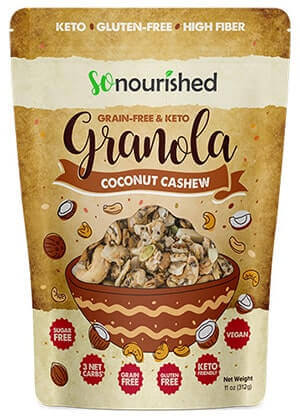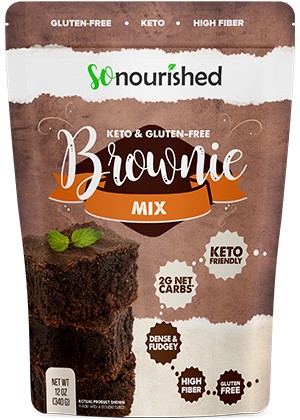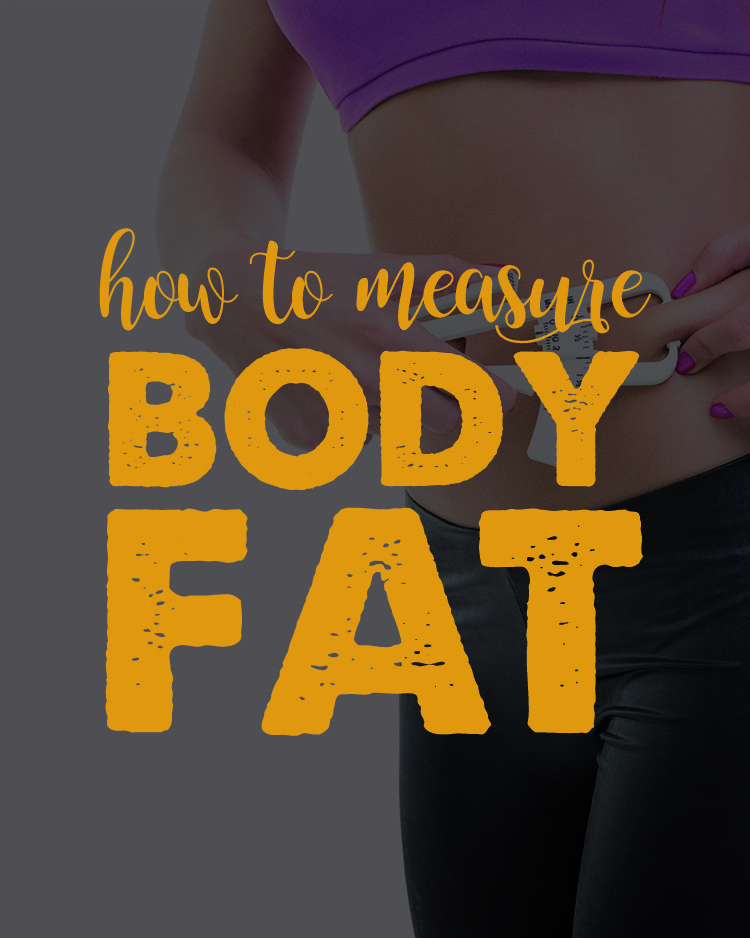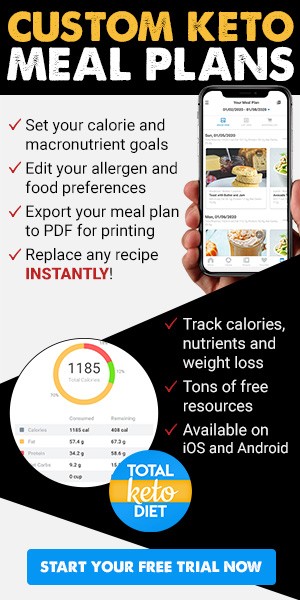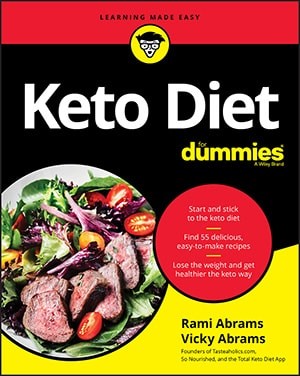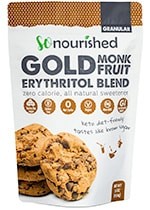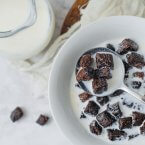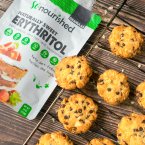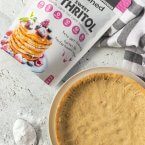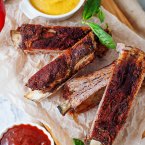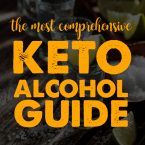Most people refer to their body size as a measurement of their weight: how many pounds show up when they set foot on a scale. This isn't the most useful measurement, however, because it doesn't tell us anything about whether someone is healthy or unhealthy, what their body is made up of, or even whether they're overweight. It's simply a number. To more accurately gauge someone's health, you have to look at other factors.
Body Mass Index
One of the more common tools is body mass index or BMI. This measurement takes someone's weight and compares it proportionately to their height. This is more useful: someone who is 5'1″ and weighs 200 pounds is much thicker (and almost certainly more overweight) than someone who is 6'1″ and 200 pounds. Adding height into the mix gives an indication of someone's frame and is a much better indicator than someone's weight alone.
BMI does have quite a few limitations, however. For example, it doesn't take race into account. Asian Americans and African Americans, for example, tend to have significantly different body compositions, and a BMI in the “overweight” range for the former individuals might not reflect the same situation for those in the latter category. It also doesn't take age into account, and a young person going through a growth spurt needs a much different BMI than someone who is 65. One of the problems athletes run into is that BMI also doesn't view fat or lean muscle differently. Someone who is a competitive bodybuilder who is so shredded that you can see individual muscle fibers will have the same BMI as an obese individual with the same height and weight. Extremely muscular individuals are often flagged as unhealthy when BMI is used because they appear to be grossly overweight.
Most importantly, BMI doesn't adapt to gender. Men and women have fundamentally different body compositions, and the American Council on Exercise (ACE) states that the essential fat necessary for a female can be two to five times higher than what a male needs. The amount of fat needed for women is much higher than men for many reasons, but one essential one is that a higher number is required for females to effectively regulate hormone production.
Body Fat Percentage
The dieting and exercise world is moving away from BMI and toward a more useful measurement: body fat percentage. This number measures the amount of fat you have as a percentage of your overall weight. For example, if you have 40 pounds of fat and weigh 200 pounds, then you have 20 percent body fat. It's a pretty simple, straightforward measurement that's very useful.
There are, of course, still differences in what BF% is ideal for men and women, but this can be accounted for using a relatively simple chart. This one is taken from ACE's guidelines on body fat norms by gender:1
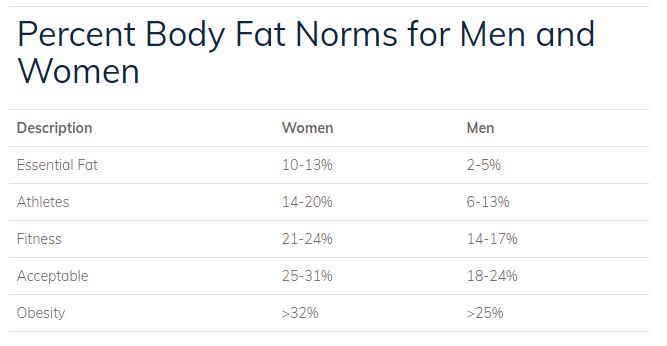
Body fat also serves as a common denominator across all races, heights, and athletic abilities. This percentage is used for numerous different formulas that you might encounter during your weight loss journey, including how many calories you should be eating, what your basal metabolic rate (BMR, or how many calories you burn just by living) is, and how many calories you burn during exercise. Each muscle cell burns more calories than each fat cell just by living, so how much you need to eat to lose, maintain, or even gain weight varies by your body composition.
Estimating Your Body Fat Percentage
You can get a rough idea of how much body fat percentage you have by comparing your appearance to the pictures below. This can be very helpful if you're starting keto and calculating your macros, but can't get your official percentage checked right now.
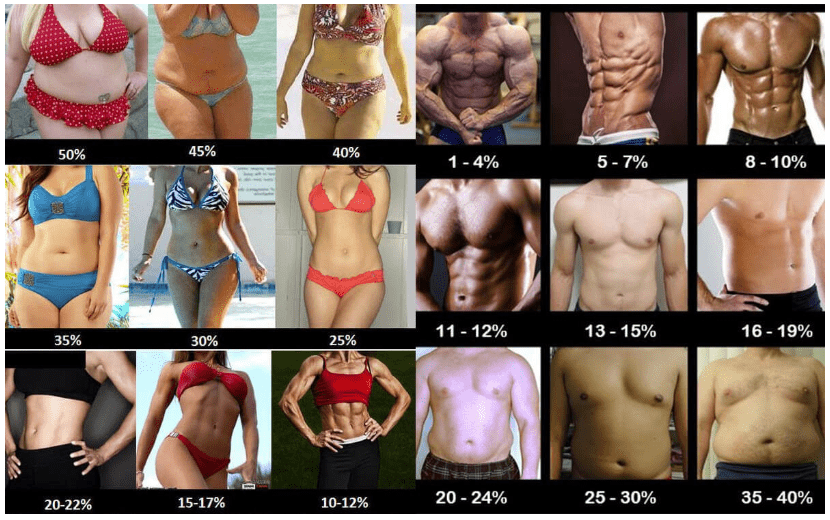
Calculating Your Body Fat Percentage
There are quite a few different weighs that you can measure your body fat percentage. Some of these are more accurate than the others, but regardless of which you choose, it's important to stay consistent. One method might yield a number that's a full percentage point higher–as long as you keep using the same one, you'll get an accurate idea of how well you're doing on your diet. If you switch between the methods, you might think you're doing better or worse than you actually are, and that can be discouraging or cause you to make choices based on inaccurate information. These are some of the most popular methods:
- Body Composition Testing1 — In this method, you'll stand on a pair of electrodes that will send tiny electrical impulses (don't worry, they're so small you can't even feel them happening) through your body. The scale will test how quickly those impulses travel and then determine how much fat, muscle, and bone you have. While you can have this done at a gym or nutrition center with expensive equipment, technology has advanced to the point where you can get a relatively inexpensive home scale with this capability.
- Hydrostatic Testing2 — This is water displacement testing where you're submerged underwater. Because fat and muscle have different densities (fat floats and muscle sinks), the amount of water you displace will indicate how much fat you have. It can take a bit of time, but it's very accurate.
- Dexa Scan3 — A small dose of x-rays are sent through your body and the amount of fat and bone you have is measured.
- BodPod4 — This method uses air displacement to discover your body fat. It's quick and accurate but isn't available everywhere.
- Calipers5 — This is the tried and true original way to measure fat. Someone will pinch various points on your body and use calipers to measure how thick that spot is. These measurements are tallied and compared to a chart to indicate your body composition. These can be very accurate, but it does depend on how capable the individual doing the measuring is. Calipers are certainly the most convenient option but can be inaccurate if you use them incorrectly. Purchase a pair of calipers to use at home.
Once you have an idea of where you fall, you can head over to our Keto Calculator and find out the macros you need for your current body composition.
References
-
- “What is Bio-Electrical Impedance Analysis (BIA)?” https://www.doylestownhealth.org/services/nutrition/bio-electrical-impedance-analysis-bia-body-mass-analysis
- “Discover What Your Body Really Needs!” http://www.bodyfattest.com/
- “The Scale Lies: Why the DEXA Scan is Best.” https://breakingmuscle.com/fitness/the-scale-lies-why-the-dexa-scan-is-best
- “The World's Gold Standard for Fast, Accurate and Safe Body Composition Analysis in Adults and Children.” https://www.cosmed.com/en/products/body-composition/bod-pod
- Anderson, Jacky. “How to Use Body Fat Calipers and Make Them More Reliable.” 17 September 2017. https://www.jenreviews.com/bodyfatcalipers/
NUTRITIONAL DISCLAIMER
The content on this website should not be taken as medical advice and you should ALWAYS consult with your doctor before starting any diet or exercise program. We provide nutritional data for our recipes as a courtesy to our readers. We use Total Keto Diet app software to calculate the nutrition and we remove fiber and sugar alcohols, like erythritol, from the total carbohydrate count to get to the net carb count, as they do not affect your blood glucose levels. You should independently calculate nutritional information on your own and not rely on our data. The website or content herein is not intended to cure, prevent, diagnose or treat any disease. This website shall not be liable for adverse reactions or any other outcome resulting from the use of recipes or recommendations on the Website or actions you take as a result. Any action you take is strictly at your own risk.
- What Are Net Carbs? - April 29, 2020
- The Most Comprehensive Keto Alcohol Guide - April 28, 2020
- How to Measure Body Fat Percentage - April 26, 2020




